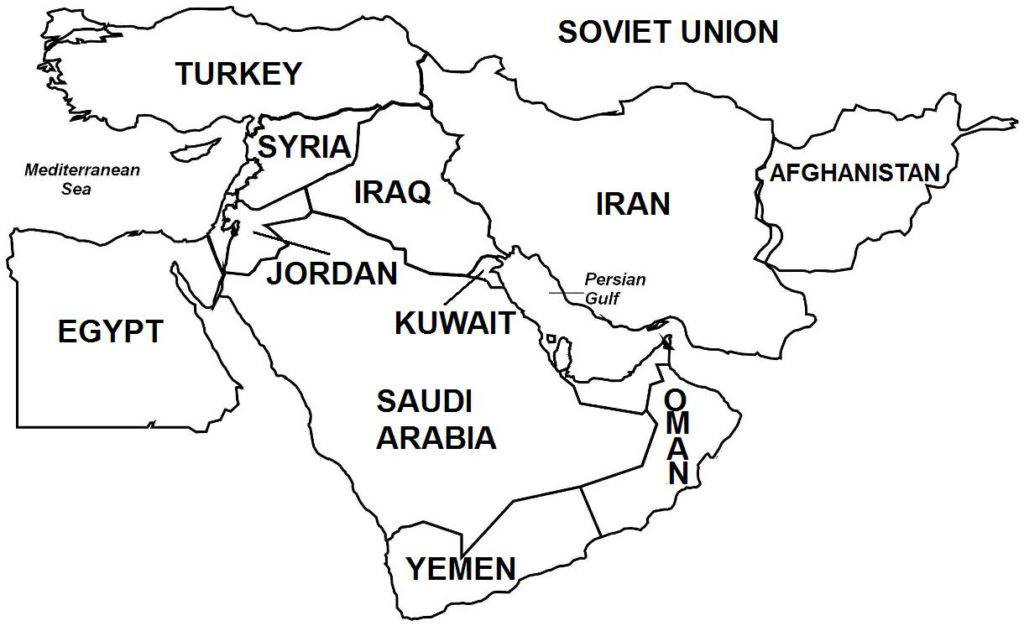On July 20, 1988, the UN Security Council issued Resolution 598 that called for a ceasefire and, among other stipulations, ordered that Iran and Iraq withdraw their forces to international borders (i.e. their pre-war borders). Both sides agreed to the ceasefire, which came into effect on August 20, 1988, marking the end of the war. Two weeks later, the United Nations Iran-Iraq Military Observer Group (UNIIMOG), a UN multi-national peacekeeping force, arrived to enforce the ceasefire agreement.
Casualty estimates in the Iran-Iraq war vary widely among different sources, but a total of one million to perhaps twice that number may have perished in the conflict. Some 300,000 civilians were killed, with Iraqi Kurds suffering the most, accounting for 60% of that number. Some later historians of the war have offered lower total casualty figures.

(Taken from Iran-Iraq War – Wars of the 20th Century – Volume 4)
Aftermath At the close of the war, Iraq intensified its military operations in Iraqi Kurdistan, and in a swift and ruthless campaign that involved some 200,000 Iraqi troops, inflicted tens of thousands of deaths among Iraqi Kurds, depopulated and destroyed villages, and by September 1988, had put an end to the Kurdish rebellion.
Both Iraq and Iran declared victory in the war, and each had some merit to its respective claim: Iraq had gained the upper hand by the latter stages, while Iran, despite having much fewer weapons, had fought remarkably well and held the initiative for much of the war. However, the war essentially ended in a stalemate, as no political or territorial gains had been achieved by either side. Moreover, both countries failed to achieve their primary objectives in the war, with Iraq unable to annex oil-rich Khuzestan and Iran failing to overthrow Saddam and turning Iraq into an Islamic state.
Politically, the two countries were strengthened by the war. Saddam had officially become president in 1979, just one year before the start of the war (although he had been the behind-the-scenes strongman and de facto head of the regime for many years), but the war allowed him to consolidate power and rule as a dictator with overwhelming popular support. In Iran, the war likewise united Iranians to religious-nationalist fervor, allowing the Islamic government to eliminate the (secular) opposition and consolidate power. Ayatollah Khomeini passed away in June 1989 and was succeeded by Ayatollah Ali Khamenei, who together with incoming President Akbar Hashemi Rafsanjani, somewhat toned down Iran’s hard-line Islamic stance and adopted a more nationalist policy.
Both sides’ economies were devastated (a combined $1.2 trillion was lost), as a large portion of their oil-producing infrastructures, the mainstay of their economies, had been destroyed and would take many years to rehabilitate and return to pre-war capacities. However, Iraq suffered much greater financial vulnerability as it had become saddled with a large foreign loan (some $130 billion) to Arab and western countries in order to fund its army (by making large weapons purchases) which, by the end of the war, was the world’s fourth largest, boasting some 1.2 million soldiers, 4,500 tanks, 500 planes, and 4,000 artillery pieces.
Post-war tensions remained high, and both countries rebuilt their war arsenals with substantial weapons purchases, particularly from the Soviet Union and China. Peace negotiations in Geneva, Switzerland to achieve a permanent settlement failed mainly because of the two sides’ rival claims to the Shatt al-Arab.
In August 1990, Iraq invaded and annexed Kuwait (Iraqi Invasion of Kuwait, separate article), drawing international condemnation. As relations became strained with western powers, particularly the United States and Britain, Saddam toned down his hard-line stance against Iran and accepted the Islamic state’s position on their territorial dispute. Subsequently, Iran and Iraq signed a peace agreement that had the following important provisions: restoration of diplomatic relations, the midpoint of the Shatt al-Arab was their border, withdrawal of Iraqi troops from remaining territory in Iran, and exchange of prisoners of war. Many of these provisions were carried out, and UNIIMOG ended its mission and departed in February 1991. The final exchange of war prisoners took place in March 2003.
